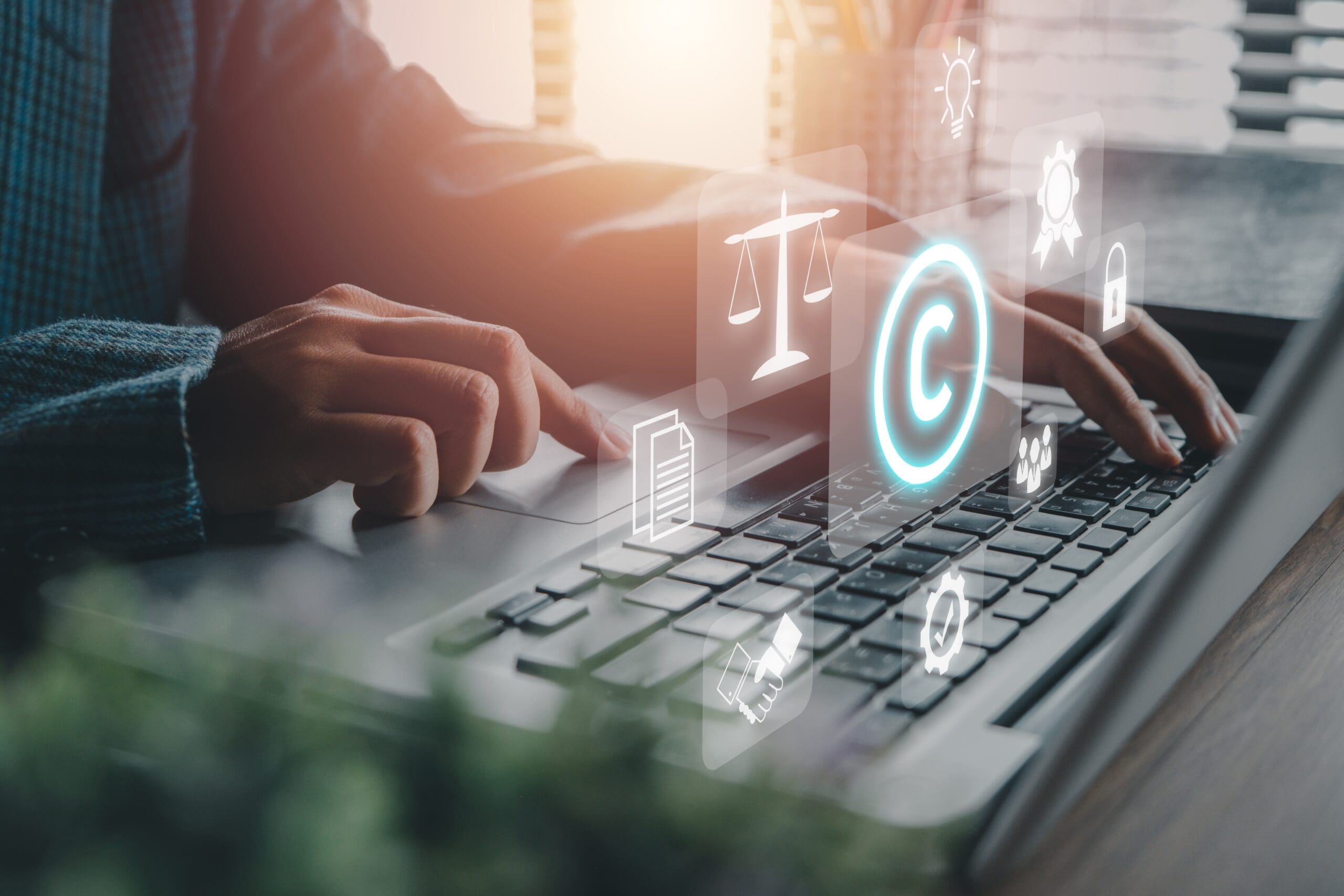 Friday, 23rd February 2024
Friday, 23rd February 2024“I’m sorry, Dave. I’m afraid I can’t do that” – Copyright in the AI world
The expansion of AI raises some important questions particularly in relation to intellectual property; can a computer generated work be protected by copyright? Who benefits from the copyright protection the computer or the human being who set the parameters of the enquiry? And, in terms of the end product, how can you be certain that the AI output has not infringed someone else’s rights?
Somewhat surprisingly, the Copyright, Designs and Patents Act 1988 (“CDPA”) does offer some guidance here. S.178 of the CDPA offers a definition of ‘computer-generated’ – “in relation to work, means that the work is generated by computer in circumstances such that there is no human author of the work”. Does this therefore mean that the computer itself can have the copyright? The answer can be located in s.9(3) of the CDPA where “in the case of literary, dramatic, musical or artistic work which is computer-generated, the author shall be taken to be the person by whom the arrangements necessary for the creation of the work are undertaken”.
It would seem that where a computer has generated a piece of work it is the person who made the ‘necessary arrangements’ that retains the rights associated with authorship. For example, if you ask a computer programme to generate an image, or a document, it should be the person setting the parameters or writing the ‘prompt’ that holds the copyright. That being said this is not explicitly set out in legislation. Conceptually whilst the most appealing answer is as suggested, that the user is the copyright holder, it could also be the case that ‘necessary arrangements’ could refer to the creator of the software itself. Therefore the company that created the software owns the copyright in its outputs.
One of the most significant issues concerning AI and copyright relates to the basis of the ‘knowledge’ the AI tool relies upon. Consider the most popular or recognisable forms of AI, ChatGPT, Microsoft’s Cockpit and similar. These forms of AI are based upon what is known as a ‘large language model’, which means that these tools have been ‘taught’ by presenting them examples of human authored text, for example by data mining through thousands of pages of information available on the internet. Through a process known as ‘deep learning’ their algorithms can learn to recognise patterns, classify data and make predictions based on analysis of large quantities of data. These algorithms also calibrate and ‘learn’ to provide more specific answers based on user inputs. So the more they are used, the more they learn how to provide an accurate response.
Considering that AI based on large language models relies entirely on existing material to form the basis of its responses can the end user be certain that the answer that an AI tool has provided is not in reality infringing someone else’s copyright. After all copying without consent of the right holder is an infringement of the rights of the right holder even if you as the end user were unaware of the source of the material that AI generated or learned from.
Another significant issue that should be considered is the specific subset of intellectual property relating to the protection for database rights, both in the form of ‘sui generis database rights’ and in copyright. In the United Kingdom the Copyright and Rights in Databases Regulations 1997 amended the CDPA so that a ‘database’ means “a collection of independent works, data or materials which (a) are arranged in a systematic or methodical way; and (b) are individually accessible by electronic or other means.” The systematic ‘scraping’ of data from a website, even if it is easily accessible, in order to train an AI bot or algorithm could be an infringement of the database owner’s rights both in terms of the database right and in copyright.
There are some exceptions that would allow the use of the data, but currently these allow data mining and computer based analysis of materials for non-commercial research. If there is a commercial use and prior permission from the rights holder has not been obtained then commercial exploitation could amount to infringement, it is essential for users that clarity is sought on how the AI tool has been ‘taught’ prior to making use of its products so as not to become embroiled in intellectual property disputes.
In conclusion, the fundamental issue with AI and intellectual property is that the pace of the technological advance is greater than the law’s ability to react. The governmental response in the United Kingdom has been an attempt to be permissive, which has drawn a negative response from the creative industries as they stand the most to lose from de-regulation of copyright. We await with interest the publication of the Intellectual Property Office’s forthcoming code of practice on Copyright and AI in the hope that it gives clarity to a rapidly evolving area of law.
If you require further information about anything covered in this briefing, please contact Oliver Whitehead or your usual contact at the firm on +44 (0)20 7526 6000.